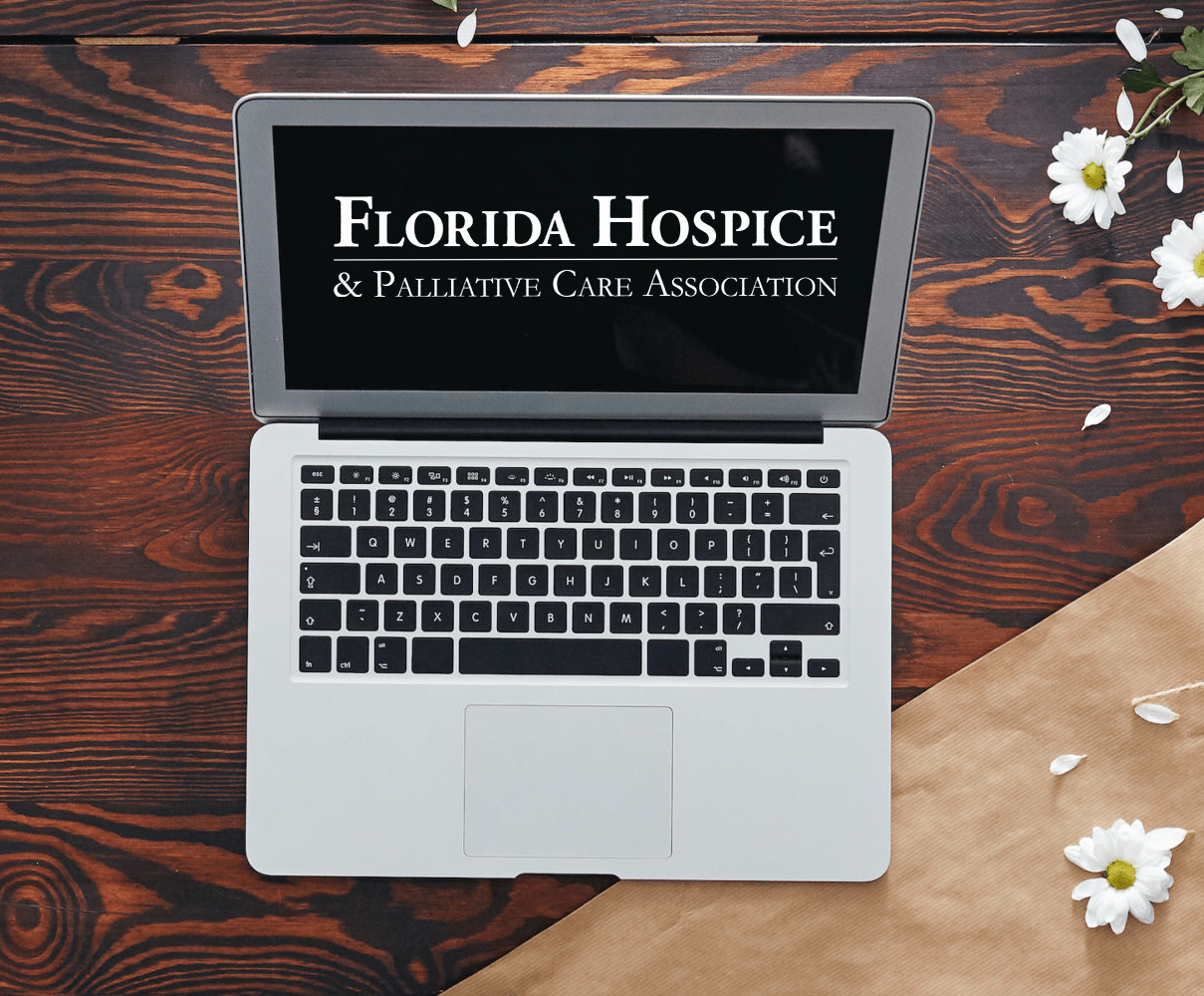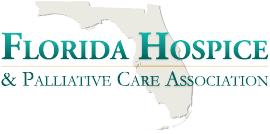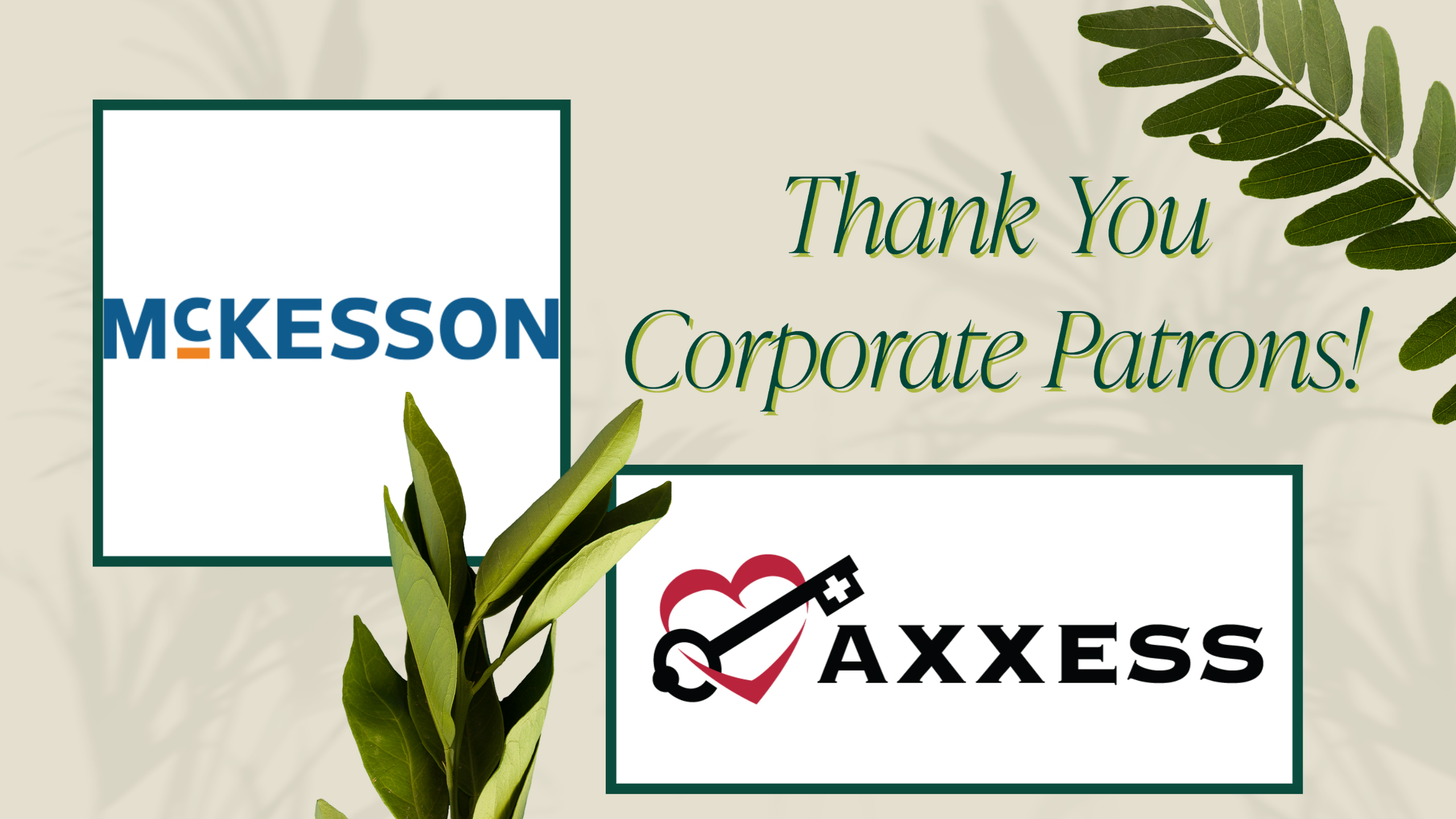By Ana Sanchez, M.D., Community Hospice of Northeast Florida When it’s hard to breathe, it’s difficult to think of anything else. Floridians who live with Chronic Obstructive Pulmonary Disease, or COPD, may know that all too well, especially this time…
COPD: Helping Our Elders Breathe Easier
News
Florida Hospice and Palliative Care Association thanks our NEW Corporate Patron members as of May 2023! Thanks for supporting the mission of FHPCA and hospice programs in Florida! To learn more on how to become a Corporate Patron member click…
Upcoming Events
Sun
Mon
Tue
Wed
Thu
Fri
Sat
S
M
T
W
T
F
S
28
29
30
3
4
5
6
8
12:00 PM - Addressing Trauma in the Family
10
11
12
13
16
17
18
19
20
23
24
25
26
27
31
1

Hospice documentation should paint a very clear picture of a patient’s eligibility from admission through discharge. Many agencies are surprised to learn their poor documentation does not support eligibility when suddenly tasked with an “additional documentation review” and recoupment of Medicare dollars.
This presentation will explain how to effectively audit hospice documentation, review the highest-ranking focus areas, and address what should appear on every hospice documentation audit tool. From technical requirements to clinical requirements, this presentation will take you through an effective hospice documentation audit step-by-step. It will also describe how to identify areas of risk so they can be incorporated into performance improvement.

While billing the Medicare benefit and getting paid is relatively easy, there is always a risk of review and denial. Webinar participants will learn to define and outline the response to any level of medical review, including TPE, UPIC, RA, SMRC, and OIG audits.
This session will also cover the data analysis agencies need to review to ensure their medical review risk is limited. Don’t be caught in the position of believing that everything is okay. This session will also cover the new Special Focus Program (SFP) for poor performers. Attendees will learn how to ensure their documentation is accurate and will be able to successfully endure medical review of their charts.

The hospice industry is under increased scrutiny and auditing from the OIG and CMS. This has resulted in many agencies having claims denied upon audit and the implementation of a new CMS hospice Special Focus Program for underperforming agencies. An increase in public reporting of quality measures has opened the window for referral sources to use this data when choosing referral partners. All of these items have increased the need for improvement in clinician documentation to support terminal illness and compliance with care processes.

Trauma happens to individuals and families regardless of demographic. For many, just the time between diagnosis and death can be a string of traumatic experiences. How often do we say, “This family is in denial” or “This is a difficult family”? But how often do we stop to ask why? In many situations, it may be impossible to achieve any level of pain and symptom management or family cooperation in significant planning without first addressing individual or family trauma.

When people don’t get what they want or expect, the result can be a challenging situation for you. When a challenging situation occurs, you may find yourself at risk of overreacting. How can you remain calm and increase your effectiveness? Although you can’t avoid every difficult person, you can learn to recover faster by using the techniques taught during this program. Using empathy and tact, even when under pressure, is the key to managing difficult moments and not letting them turn into difficult days.

Part 1 of this two-part series will address the key strategic plan considerations before implementing a community-based palliative care program. It will review regulations, licensing, the importance of credentialing, and the benefits of accreditation. It will also outline the critical elements of creating a business case for your strategic plan.

To improve outcomes at the agency level, agencies must drill down to patient-level outcomes. This means that both the field staff and office staff must be involved! So, what do you focus on? This session will center on key outcomes, assessments, the OASIS, and care coordination. Several action items and strategies will be provided, such as education for staff and performance improvement initiatives used in the agency QAPI program.

At some point in life, you may be called upon to make a presentation. It may be in a professional or a personal setting, but it is likely inevitable. Some jobs require frequent presentations. For some people, these occasions are experienced as opportunities, while others are filled with dread and break into a cold sweat! Either way, this webinar can help ease your anxieties and teach you to seize these opportunities to get your point across with style and professionalism.

Join us for an enlightening webinar on emotional intelligence. This informative session will delve into the profound impact of emotional intelligence on both your professional and personal life. It will guide you through the four fundamental quadrants of emotional intelligence to be able to understand and harness the power of self-awareness, self-management, social awareness, and effective relationship management. Whether you are a seasoned professional, or someone new to the topic, this webinar will offer invaluable tools to unlock your full potential.


